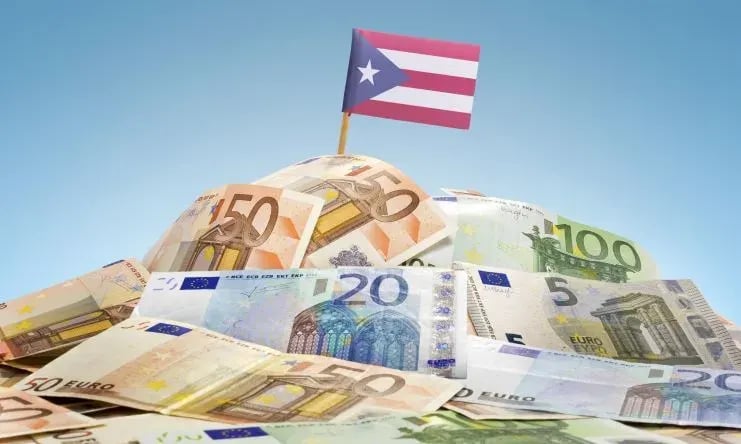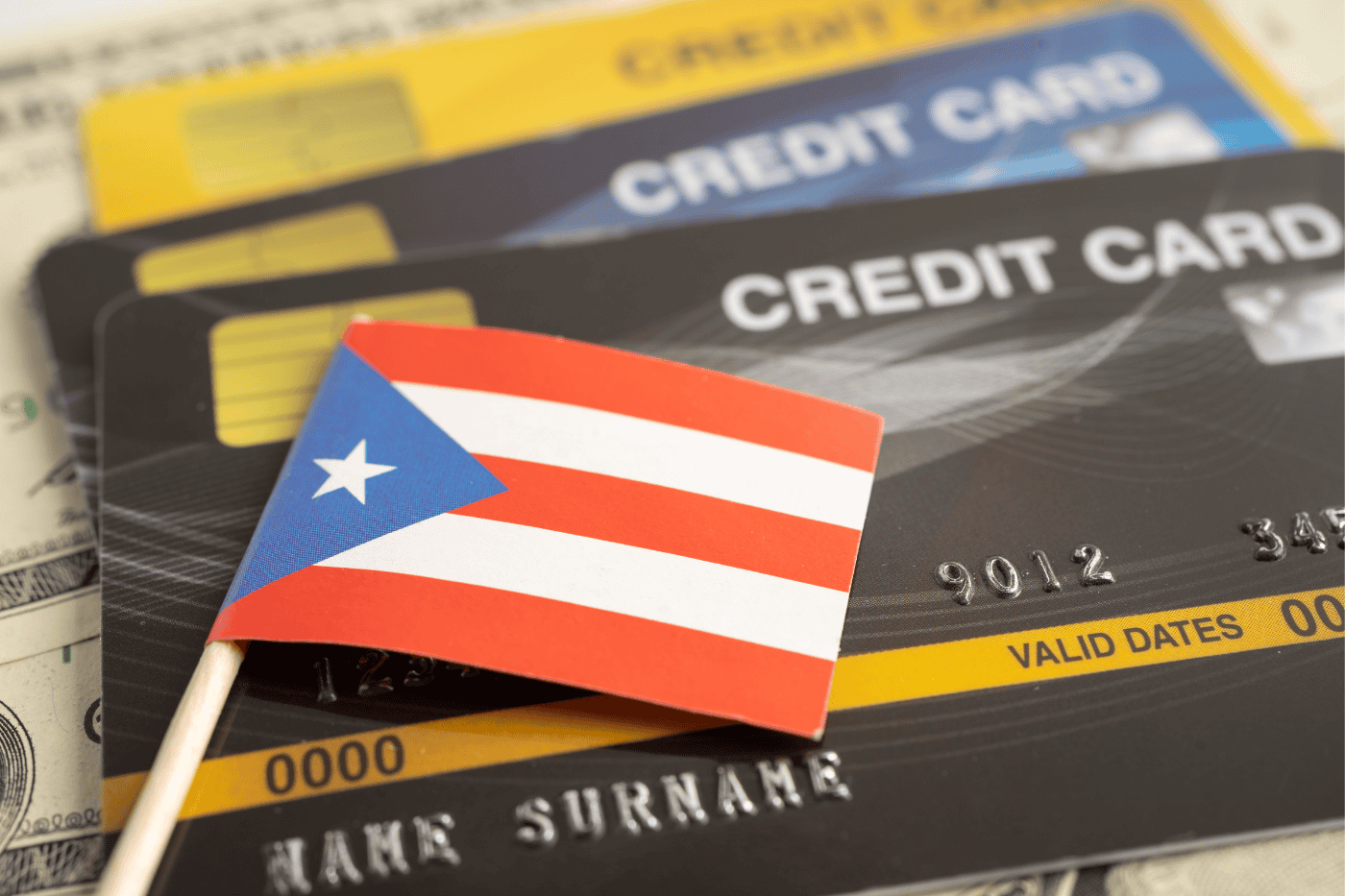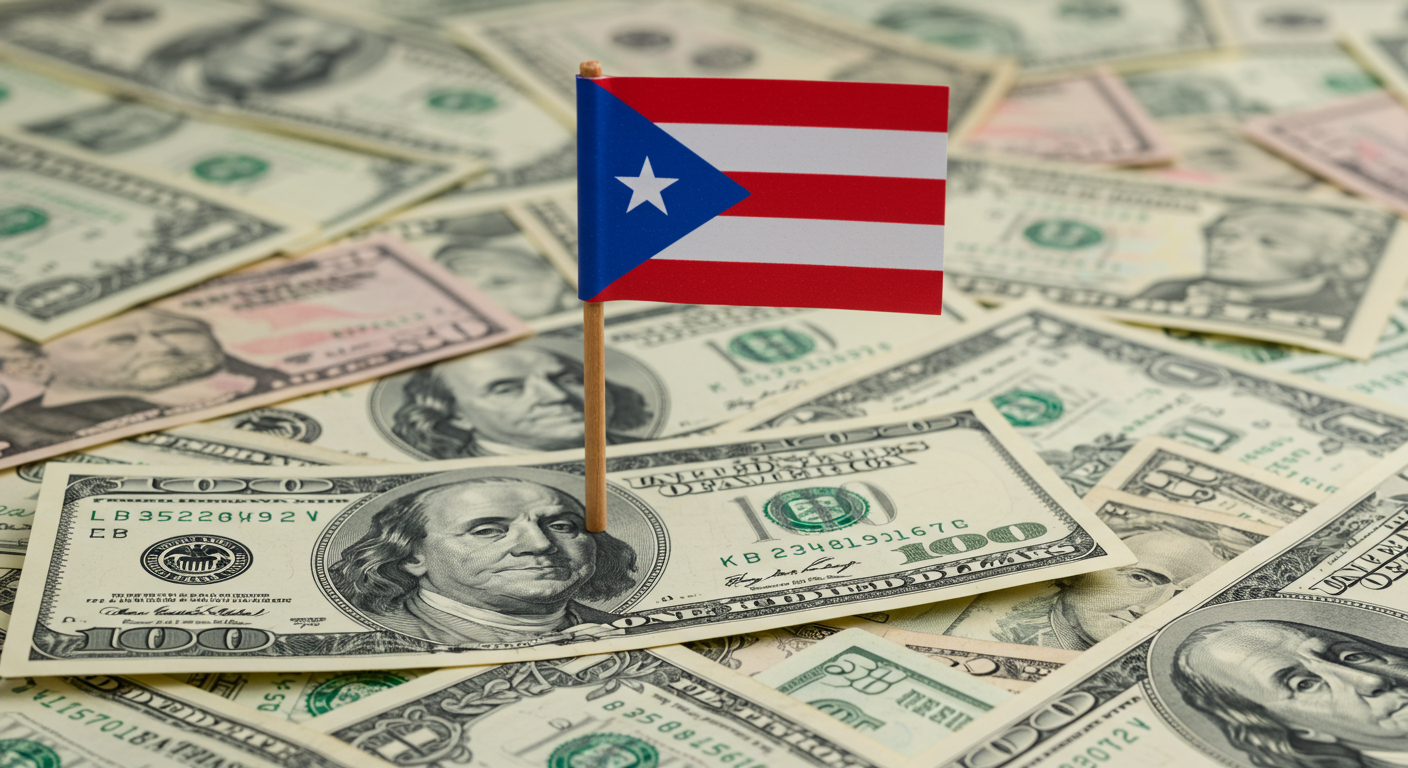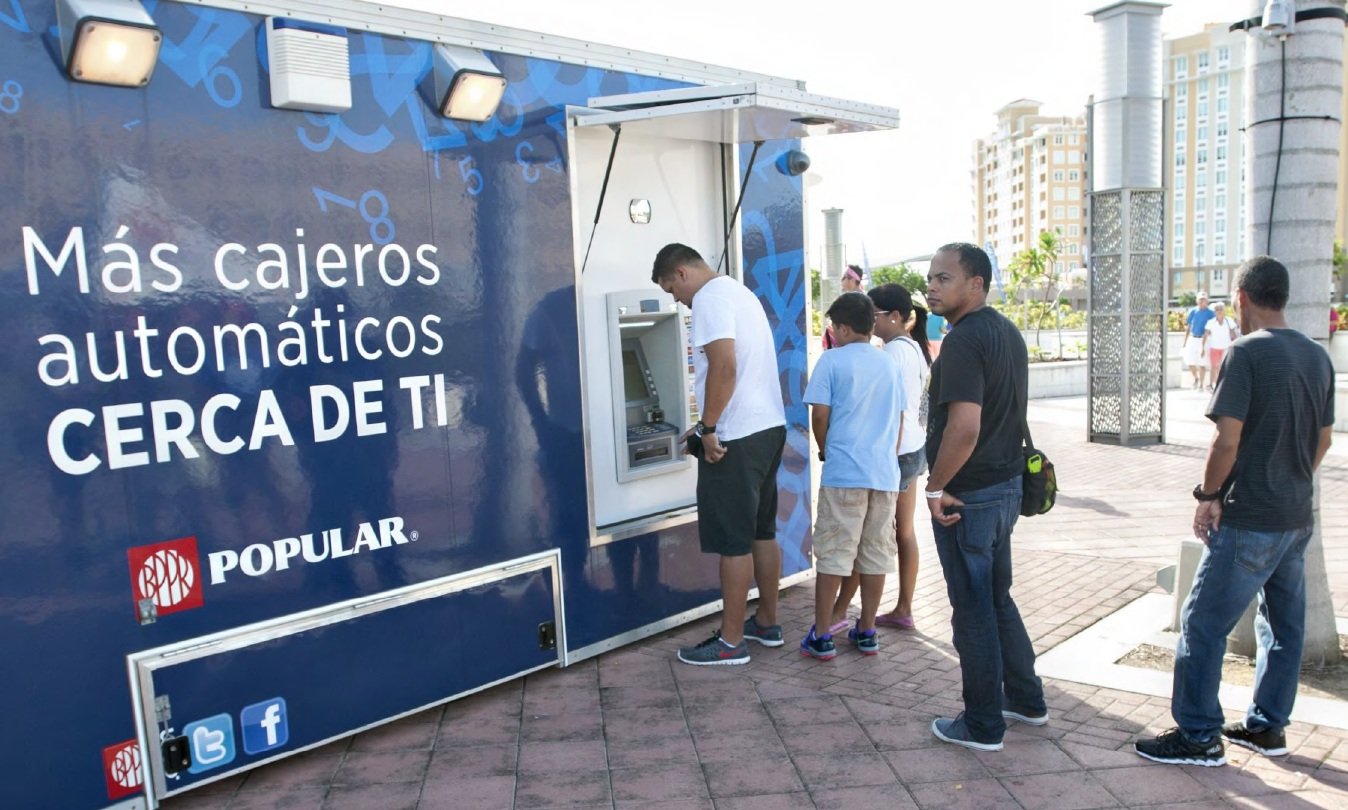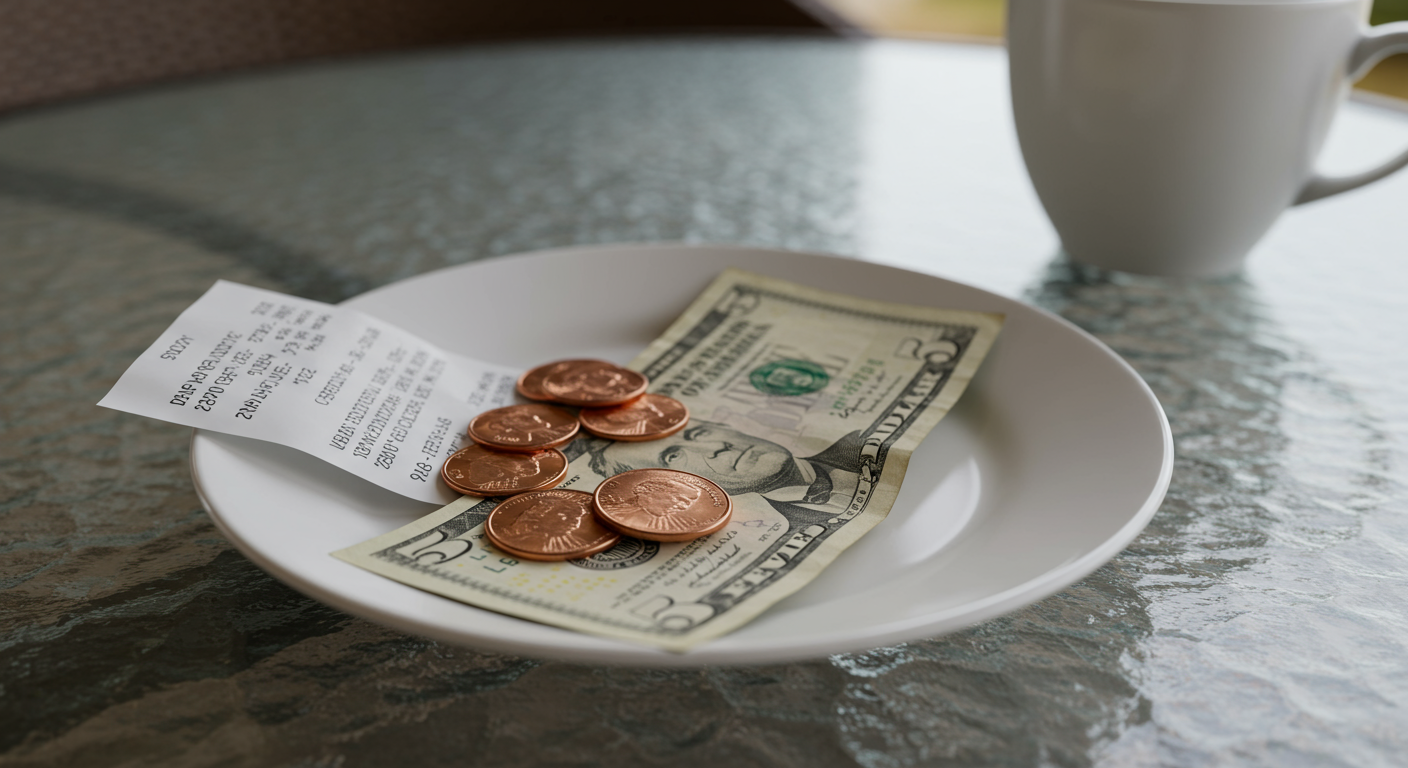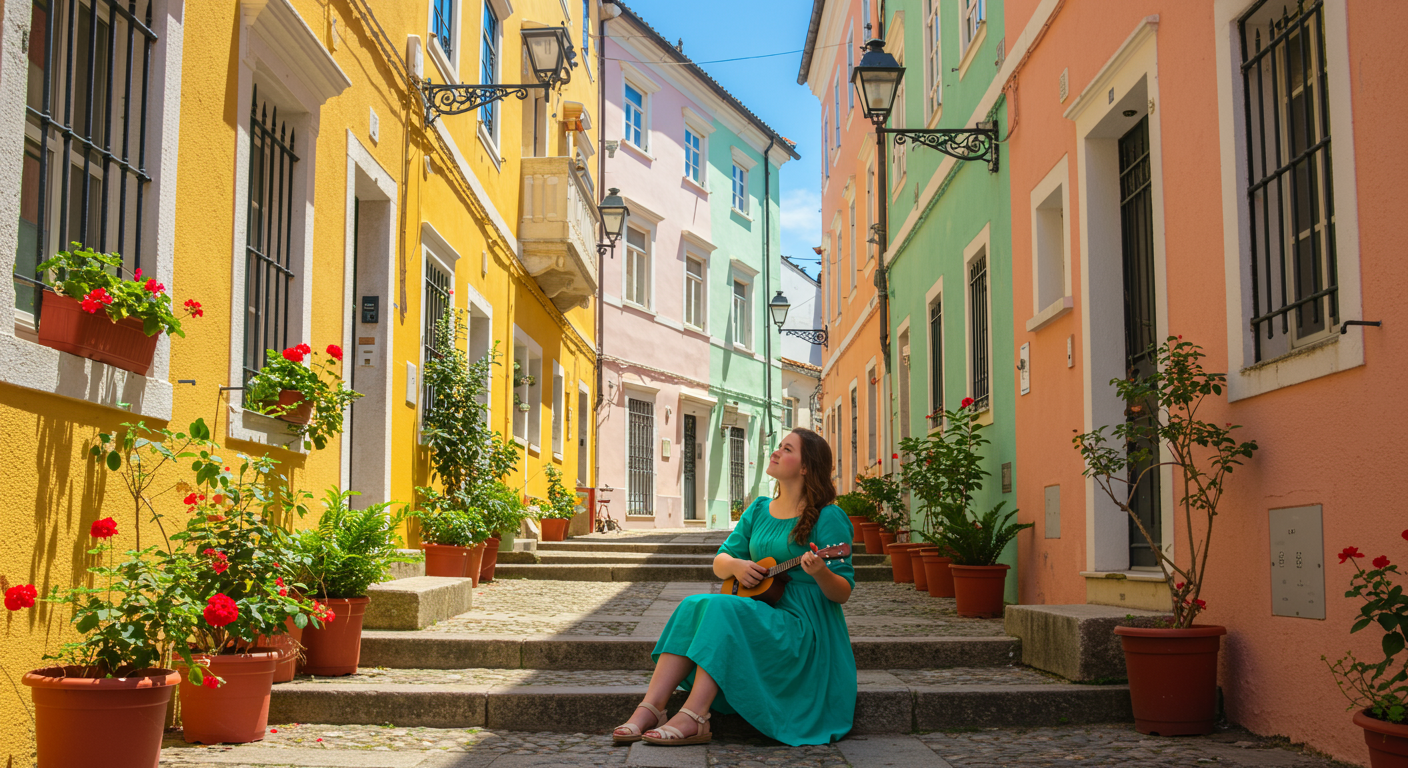Planning a trip or a property visit to Puerto Rico and just want the money basics—fast? Good news: day-to-day payments on the island feel almost identical to the mainland U.S., from cards and mobile wallets to ATM access and tipping norms. In this article, you’ll get the essentials plus quick tables, pro tips, and FAQs to pay confidently anywhere on the island.
Key Takeaways
-
Puerto Rico’s official currency is the U.S. dollar (USD)—no exchange needed from USD.
-
Cards and mobile wallets work widely; keep small bills for kiosks, markets, and tips.
-
ATMs are plentiful; watch for operator + bank fees and withdraw larger, less often.
-
Tipping follows U.S. norms (restaurants 15–20%, bars $1–$2/drink, taxis 10–15%).
Puerto Rican Currency: Quick Money Basics
Here’s your money snapshot for Puerto Rico in one place—what you’ll actually use day to day. Skim this section to see which payments work best (USD, cards, mobile wallets), where to find ATMs, basic fees, tipping norms, and a bit of local slang you’ll hear on the island.
What is the currency in Puerto Rico? U.S. Dollar (USD)
Exchange from USD needed? No. You can pay exactly as you would on the mainland.
How to Pay
-
Cards: Visa/Mastercard are near-universal; AmEx widely accepted at hotels, chains, and many restaurants. Always carry a backup card.
-
Cash: Still handy for kiosks, panaderías, beach vendors, small parking lots, and tips. Bring small bills ($1–$10).
-
Mobile wallets: Apple Pay & Google Pay are common at modern terminals and chains; ask first at small vendors.
-
Contactless: Tap-to-pay cards work wherever terminals are updated.
ATMs & Fees (Quick Matrix)
|
Topic |
What to expect |
|
Availability |
Airports, banks, malls, pharmacies |
|
Operator fee |
$1.50–$5 per withdrawal |
|
Your bank fee |
$0–$5 (check your card terms) |
|
Limits |
Often $300–$1,000/day (your bank); $200–$500/transaction (machine) |
|
Best practice |
Use bank-branch ATMs; withdraw larger, less often |
Smart Tips
-
DCC alert: If a terminal offers to charge a non-U.S. card in your home currency, select USD to avoid markups.
-
ID checks: Some stores may request ID for larger card purchases.
-
Tipping (quick): Restaurants 15–20%; bars $1–$2 per drink or 15–20% on tabs; taxis 10–15%; housekeeping $2–$5/night.
-
Local lingo: “Pesos” = dollars, “chavos” = cents.
Scroll down for the full breakdown, plus pro tips and quick tables.
The Currency in Puerto Rico Is the U.S. Dollar
Image Source: wsj.com
The Puerto Rico official currency is the U.S. dollar (USD) for all transactions. That’s because the island is under U.S. sovereignty and integrated with the U.S. banking and payments system. (If you’re arriving from the mainland, you won’t need to convert your money.)
Note: Puerto Rico’s political status is often debated, but for travelers and investors the bottom line is simple: it’s USD on island. On November 5, 2024, Puerto Rico held a non-binding status referendum offering statehood, free association, or independence; it did not change the island’s use of the U.S. dollar.
How We Got Here (Very Brief History)
Puerto Rico’s “money story” is short but important: centuries of Spanish coinage gave way to U.S. dollars as the island’s economy integrated with the United States in the early 1900s.
Spanish Era (pre-1898)
-
Coins in circulation: Spanish reales and the Spanish dollar (pieces of eight) moved widely across the Caribbean.
-
Local paper: Island banks later issued local banknotes to grease commerce and credit as trade expanded.
U.S. Transition (1898–early 1900s)
After U.S. control in 1898, the Foraker Act of 1900 phased out local coinage, making U.S. coins legal tender for new debts in Puerto Rico after three months. Contemporary records show the provincial peso was redeemed at about $0.60 per peso, and remaining local notes/coins were withdrawn in the early 1900s as banking integrated with the U.S. system.
-
Phased adoption: Banks, merchants, and public offices convert accounts and prices to USD; older coins/notes are withdrawn.
-
Banking integration: U.S.-style bank regulation, clearing, and payments take hold, aligning Puerto Rico with mainland financial practices.
End state: By the early 20th century, USD is the everyday currency, and Puerto Rico’s payments, pricing, and banking operate on the U.S. system.
Thinking of visiting Puerto Rico? Consider finding a relaxing, locally hosted place to stay—click here to browse trusted options.
Using Money on the Island (Cash, Cards, Mobile Pay)
Image Source: entrepreneur.com
A practical overview of how people actually pay day to day—when cards shine, when small bills help, and how widely Apple Pay/Google Pay work. You’ll also learn simple safeguards like carrying a small cash buffer and avoiding dynamic currency conversion for non-U.S. cards.
Cards vs. Cash
-
Cards (widely accepted): Hotels, restaurants, supermarkets, gas stations, pharmacies, and most attractions. Chip + tap works in most places.
-
Minimums/holds: Some small shops set card minimums; pay-at-pump fuel can place temporary holds.
-
Cash (still useful): Beach kiosks, panaderías, food trucks, small tiendas, parking lots, farmers’ markets, and tips.
-
Backup plan: After heavy rain/storms, networks can glitch—carry $20–$60 in small bills.
-
Pro tip: Bring $1–$10 bills for rural stops and toll-area kiosks.
Use-Case Matrix:
|
Situation |
Best Payment |
|
Hotel/restaurant/chain retail |
Card or mobile wallet |
|
Beach kiosks/food trucks |
Cash (small bills) |
|
Parking lots/attendants |
Cash; some accept cards |
|
Gas stations (pay at pump) |
Card (expect temporary hold) |
|
Tips (bell/housekeeping) |
Cash |
Mobile Wallets
-
Apple Pay / Google Pay: Common at chains and modern terminals; always ask first at micro-vendors.
-
Contactless cards: Broadly supported wherever terminals are updated.
-
Offline moments: Keep a card (or cash) ready if a reader drops connection.
Avoiding “Dynamic Currency Conversion”
-
If a terminal offers to charge a non-U.S. card in your home currency, choose USD to avoid hidden markups.
-
Watch for “convert to your currency?” prompts on both terminals and restaurant handhelds; pick USD, then check the receipt.
ATMs, Fees, and Withdrawals
Image Source: atmmarketplace.com
ATMs are easy to find at airports, malls, bank branches, supermarkets, and pharmacies. Your total cost usually equals the ATM’s operator fee + your bank’s out-of-network (and, if applicable, international) fee—some premium accounts reimburse these. You’ll commonly see:
-
Banco Popular
-
FirstBank, and
-
Oriental
Many retailers also host U.S. bank ATMs.
Note:
-
Puerto Rico currency to USD: Since the island uses USD, it’s a 1:1 match—no conversion for U.S. dollars.
-
Tip: Use branch ATMs when possible—fee prompts are clearer and uptime is usually better than freestanding machines.
Here are other key points that you need to know:
-
For smoother withdrawals, prefer bank-branded ATMs inside branches (better uptime, clearer fee prompts) and avoid freestanding machines in low-traffic spots.
-
If a terminal lets you pick “checking” vs “credit,” choose checking for debit withdrawals.
-
Travelers using non-U.S. cards should expect chip + PIN prompts and decline any “convert to your currency?” offer to avoid extra markups.
-
When storms or events disrupt networks, have a small cash buffer ($20–$60).
-
Finally, consider withdrawing larger amounts less often to reduce per-transaction fees, and carry a backup card in case your issuer blocks the first attempt.
Quick ATM Table (Examples; Ranges Vary by Bank)
|
Topic |
Typical Range / Note |
|
ATM operator fee |
~$1.50–$5.00 per withdrawal |
|
Your bank fee |
$0–$5 (check your card terms) |
|
Daily withdrawal limit |
Often $300–$1,000 (your bank) |
|
Per-transaction cap |
Many machines $200–$500 per pull |
|
Best practice |
Use bank-branded ATMs; withdraw larger, less often |
Tipping in Puerto Rico (Quick Guide)
A familiar U.S.-style tipping culture applies across the island, with small cash bills still the easiest way to thank great service.
-
Restaurants: 15–20% on the pre-tax total; check receipts for auto-gratuity on large parties or resort venues.
-
Bars: $1–$2 per drink or 15–20% on tabs; tip more for craft/cocktail service.
-
Taxis/Rideshare: 10–15% for good service; round up on short hops.
-
Bell staff/Porters: $1–$2 per bag (more for stairs/long distances).
-
Housekeeping: $2–$5 per night, left daily with a note.
-
Valet: $2–$5 at pickup.
-
Tours/Guides: 10–20% depending on group size and length.
-
Payment form: Cash is universally welcome even when you pay the bill by card.
Sample Everyday Costs (Indicative Ranges)
Prices vary by neighborhood, season, and venue type, so use these ranges as quick planning anchors rather than exact quotes.
-
Café con leche: $2.50–$5 (bakery vs. specialty café)
-
Casual lunch (per person): $12–$20 (sandwich/plate + drink)
-
Sit-down dinner (per person): $20–$45+ (entrée + soft drink; alcohol adds more)
-
Short taxi/rideshare in metro area: $7–$18 (traffic and surge can lift fares)
-
Beach chair & umbrella (day): $15–$30 (package deals often cheaper)
Notes: Resort zones and Old San Juan trend higher; local panaderías and food trucks trend lower. Expect service charges at some hotels/restaurants and sales tax on most goods/services.
Local Terms You’ll Hear
You’ll hear a few money nicknames in daily conversation. “Pesos” casually means U.S. dollars (you’ll still see $ USD on receipts). “Chavos” means cents—as in, “cuesta dos dólares con cincuenta chavos.” Cashiers might also say “cambio/menudo” for small change.
ATH / ATH Móvil refers to Puerto Rico’s popular debit/transfer network and its peer-to-peer app. ATH Móvil requires a debit card from a participating Puerto Rico bank; visitors without a local account generally can’t enroll, so cards or cash are more practical.
Note: If a stand shows an ATH Móvil sign, ask if they also take tap-to-pay or cash as a fallback.
Common Myths (Fast Fixes)
A quick reality check on the most common money misconceptions in Puerto Rico—so you can pay, tip, and withdraw cash without surprises.
-
“Do I need to exchange USD?” No—Puerto Rico already uses U.S. dollars. Exchange counters are unnecessary for U.S. travelers.
-
“Will shops take euros or other currencies?” Generally no. A few tourist spots may accept foreign cash at poor, ad-hoc rates—not recommended.
-
“Is American Express accepted?” Often yes at hotels/chains, but always carry Visa/Mastercard as backup.
-
“Do I need chip-and-PIN?” Most terminals accept chip + signature or tap; some machines may ask for a PIN on debit.
-
“Should I use Dynamic Currency Conversion?” Decline any “convert to your currency?” offer; choose USD to avoid markups.
-
“Are traveler’s checks handy?” Rarely used; cards + cash work better.
-
“Will I need lots of coins?” Keep a few for meters and kiosks, but cards are widely accepted.
Conclusion
Puerto Rico runs on the U.S. dollar, so paying for everyday things feels familiar and simple—just use your cards, mobile wallets, and a few small bills for kiosks and tips. Keep an eye on ATM fees, skip dynamic currency conversion, and follow standard U.S.-style tipping to stay efficient and polite. With these basics in hand, you can focus on the fun parts of your trip or property visit, confident your money will work exactly as expected on the island.
At Christie's International Real Estate Puerto Rico, we understand the unique value of luxury properties in a dynamic market shaped by Puerto Rico's economic landscape. Whether you're looking to buy, sell, or rent out your property, our expertise and deep local knowledge ensure a seamless experience. Contact us today to explore how we can help you maximize your investment in Puerto Rico's luxury real estate market.
FAQs
Is it better to take cash to Puerto Rico?
Bring a small cash buffer ($20–$60 in $1–$10 bills) for kiosks, panaderías, beach vendors, small parking lots, and tips. Use cards or mobile wallets for most restaurants, hotels, gas stations, and shops. After heavy rain/storms, terminals can glitch—cash covers those moments.
Do most places take cards and mobile wallets?
Yes. Visa/Mastercard are near-universal; AmEx is common at hotels, chains, and many restaurants (carry a backup card). Apple Pay/Google Pay work widely at modern terminals and chains; ask first at micro-vendors. Tap-to-pay works wherever terminals are updated.
What ATM fees should I expect—and how do I minimize them?
Expect an operator fee (~$1.50–$5) plus your bank’s out-of-network fee ($0–$5). Minimize costs by using bank-branch ATMs (clearer fee prompts, better uptime), withdrawing larger amounts less often, and checking if your bank reimburses ATM fees. Major networks: Banco Popular, FirstBank, Oriental.
What are the tipping norms in Puerto Rico?
Similar to the mainland U.S.: Restaurants 15–20% (check for auto-gratuity on large parties), bars $1–$2/drink or 15–20%, taxis/rideshare 10–15%, bell staff $1–$2/bag, housekeeping $2–$5/night, valet $2–$5. Cash is universally welcome even if you pay the bill by card.
